Governor Steve Sisolak announced on Monday evening,the State will transition to a long-term mitigation strategy for the state of Nevada, which will be rolled out next Monday, August 3rd.
This plan will help the State achieve two important goals: providing predictability for businesses, local governments and individuals and it invests in this fight – together.
The new, long term strategy will include the following key components:
Updated criteria that more cleanly follows overall trends, minimizes the week-to-week or day-to-day fluctuation for counties, and better demonstrates which counties are getting progressively better or worse, and therefore which should tighten up or loosen mitigation efforts.
Predictability by creating a long-term system of mitigation levels that will allow our businesses and resident to have advanced notice and understanding on what direction their county could be heading based on updated criteria.
Increased enforcement to ensure businesses and communities enforce our mitigation efforts are key in helping reduce the spread, which is why the long-term strategy will have the goal of stricter enforcement of our safety rules.
Targeted approaches to counties, businesses and industries that have shown the need for additional assistance and intervention to slow the spread of this deadly virus.
Additionally, the Governor announced that four counties which previously needed to take the additional mitigation efforts of closing bars, pubs, taverns and wineries to slow the spread of COVID-19 must continue those measures for another week. Those counties are Clark, Elko, Nye and Washoe.
Humboldt, Lander, and Lyon county have shown enough improvement on the existing criteria to return to the statewide standards – meaning pubs, bars and taverns can reopen at 50 percent capacity while maintaining social distancing and mandatory face coverings. This goes into effect immediately.
The following is a copy of the Governor’s prepared remarks:
Good evening. Thank you for being here with me.
I am again joined by Caleb Cage, the Nevada COVID-19 Response Director and Ms. Julia Peek, a deputy administrator in the Department of Health and Human Services. In this role, Ms. Peek is helping lead Nevada’s statewide contact tracing efforts. I am pleased to have them both here with me. Since my last address, Nevada’s lawmakers have completed a special session to address the historic budget shortfall caused by the COVID-19 pandemic.
I appreciate the hard work of the Legislature during the session in making difficult decisions. While this was an immediate and necessary measure to close the budget gap for this year, we know our State will be challenged to provide the essential services Nevadans deserve in health care, education, and so much more, without federal assistance.
As Governor, I will continue to aggressively advocate for additional flexible funds from the federal government that would help Nevada recover from this global pandemic.
And to save time during the Q&A, I’ll answer the question on the second special session right now: It is my goal to have it begin as soon as this Thursday, but will be announcing the decided-upon start date with the proclamation once a final determination has been made.
But today, I want to talk to Nevadans about our State’s response to COVID-19.
As your Governor, I have been immersed in the fight against this deadly virus for nearly 5 months, along with all of you. Day after long day, along with my staff, medical experts and leaders from around the state, I’ve sought solution after solution to keep Nevadans safer, businesses operating and workers on the job.
After I made the agonizing decision to close our state down on March 17, we laid out goals to begin a phased reopening of our state and issued safety protocols, including, limiting crowd sizes, social distancing, sanitizing and enhanced cleaning guidelines and of course the wearing of masks or face coverings.
EVERY decision we’ve made - I’ve made - came with risks. Let me assure you that there are no win-win decisions in the battle against COVID19. Closing to prevent uncontrollable spread and crashing our health care system devastated our economy and put hundreds of thousands of Nevadans out of work.
Each decision was - and continues to be - gut wrenching. It’s a balancing act – walking a tightrope between the health of our residents and the financial stability of your families and our state. Protecting lives and livelihoods is like dancing on the head of a pin, and it requires daily monitoring, adjustments and enforcement. Like so many other states, Nevada has been severely challenged since the outbreak of COVID-19, and in the month of July our case count, hospitalizations and sadly, fatalities, have all been on the rise. There are areas where we’ve made great progress. Nevada has seen significant increases in testing, mask wearing and compliance with the health and safety rules.
Recently, we have started to see some positive signs in our data, including a potential slow and gradual flattening out in both cases and hospitalizations.
The analysts at DHHS believe the forward progress is a direct result of some of the previous mitigation measures we have put in place, like mandatory face coverings and more enforcement to ensure people are staying safe and practicing proper precautions against COVID-19.
Today, Nevada’s “R effective,” dipped under 1.0 slightly to 0.98, which is a good sign. This measures the average number of people who become infected by a person who has COVID-19. When the “R effective” is under 1, it means the virus is not spreading as much. On June 28, our “R effective” level was 1.63 and was one of the highest in the nation. Thanks to all of you, progress has been made. For right now, anyway, we are among the lowest in the nation.
While these are encouraging signs, it is too soon to know if the state is experiencing an ongoing trend or if our recent numbers are just a small blip. Either way, the reality is that in our current situation, Nevada still has a high prevalence of COVID-19.
Two weeks ago, we established the elevated risk transmission criteria for counties looking at three key statistics: the average number of tests per day, the case rate and the test positivity rate. We looked at these figures over a two-week time period and controlled the criteria for population size.
Seven counties that met two or more of the criteria were considered at risk and needed to take the additional mitigation efforts of closing bars, pubs, taverns and wineries to slow the spread of COVID-19.
Based on our two-week review of the data, the list has shrunk to four counties: Clark, Elko, Nye and Washoe.
At this time, those four counties will stay with these mitigation measures for the next week.
Humboldt, Lander, and Lyon county have shown enough improvement on the existing criteria to return to the statewide standards – meaning pubs, bars and taverns can reopen at 50 percent capacity while maintaining social distancing and mandatory face coverings. This goes into effect immediately.
I want to reemphasize that this is for the next week as we adjust our long-term strategy moving forward.
Over the last two weeks, and over the course of the last 5 months, we have learned a lot day-by-day about how best to analyze this data and tackle this disease.
For example, in the last two weeks while reviewing data using this criteria, we saw several smaller counties frequently move on and off the list of those meeting two or more of the criteria, and that fluctuated on almost a daily basis. We know we need more consistency.
That’s why I wanted to let Nevadans know tonight that over this next week, the Nevada Health Response Team is working to finalize a long term mitigation strategy for the state of Nevada, that I will be rolling out next Monday.
I believe this plan will help us achieve two important goals.
Number 1: With this new plan, no business, local government or individual should be surprised by future actions, as the trends, good and bad, will be announced regularly and the resulting actions will be clear.
Number 2: It invests all of us in this fight – together. Those who want to keep our restaurants, gyms and other activities open can do their part to make that happen. Those that don’t will be responsible for further restrictions.
The new, long term strategy will include the following key components:
Updated Criteria:
One of the goals includes working with DHHS to develop more in-depth, data driven criteria to better identify the presence and spread of the disease throughout our state. We are looking to adjust our current criteria so it more cleanly follows overall trends, minimizes the week-to-week or day-to-day fluctuation for counties, and better demonstrates which counties are getting progressively better or worse, and therefore which should tighten up or loosen mitigation efforts.
Predictability:
I know the past 5 months have been rough on businesses and residents throughout our country, and Nevada is no different. Through shutdowns, reopenings, phases and more, I understand that the unpredictability hasn't been easy. That's why one of my main goals is to create a long-term system of mitigation levels that will allow our businesses and residents to have advanced notice and understanding on what direction their county could be heading based on updated criteria.
No more phases: In an effort to create more predictability, as a State, we want to move away from phases. Like I’ve mentioned, we’ve learned a lot about this virus in the last 5 months and while Phases made sense at the time, we’ve got to be flexible and responsive to what we are seeing now. This new approach will set Nevada up for the long-term. This is our new normal.
Increased Enforcement:
Ensuring businesses and communities enforce our mitigation efforts are key in helping reduce the spread, which is why our long term strategy will have the goal of stricter enforcement of our safety rules.
This will include measures that aim to ensure that business establishments who serve unmasked patrons may be closed if it’s a pattern of non-compliance, and that non-compliant resorts could have part or all of their property closed for a period of time. Water theme parks, sporting events, gyms and all other businesses and venues for gathering will be closely scrutinized and treated accordingly.
I am proud of the work state OSHA has done to enforce existing measures, and I also want to thank the county partners who have increased enforcement and done their part. And for the municipal governments not doing their part, please know that the State will be reaching out to you this week with the expectation that you will be stepping up to help as well.
To put it bluntly: the time for education is over. Businesses, Nevadans and visitors should all be familiar with the expectations of reduced indoor capacity, required face coverings and social distancing. We are close to 5 months in – no more excuses. If people aren’t following the rules that keep us safe, there needs to be consequences.
Targeting:
Another key component of this long-term plan will be more specific targeting in our mitigation efforts. Just as we’ve done with our vulnerable populations, we want to make sure we’re taking targeted approaches to counties, businesses and industries that have shown the need for additional assistance and intervention to slow the spread of this deadly virus.
Just as we have transitioned from statewide interventions to looking specifically at county-level data, my goal is to soon look within those counties to see if there are municipalities or certain zip codes we need to target more specifically with mitigation measures.
Similarly with economic sectors within our state, we want to transition to targeting specific businesses that may be experiencing outbreaks vs. Industries as a whole, unless those industries as a whole are shown to pose an incredibly high risk of spread.
I believe most of our businesses and communities have made great efforts to be as safe as they can be, and targeting problematic areas will help protect the good actors.
Additionally, I will be signing a new directive before July 31 which will extend the current restrictions and provisions that are currently in place.
Finally, I’ve formed an advisory group, which will be led by Caleb Cage, our Statewide COVID-19 Response Director. This group, made up of agency directors in charge of enforcement, public health and more, along with local government and hospital representatives, will be responsible for reviewing the criteria, data, and progress each week.
They will work directly with local county officials, including the LEAP, on enhanced enforcement, focused targeting and next steps to reduce the spread. They will be critical in helping to finalize and ultimately implement this long-term strategy.
One more thing: I want to thank Caleb and Julia for holding daily press calls to brief the media and provide more context on our situation. Going forward, I will join them at least once a week to share additional news and updates.
We continue to encourage Nevadans to take precautions against the spread of this disease, including staying home when possible, practicing social distancing, washing your hands frequently and wearing a face covering.


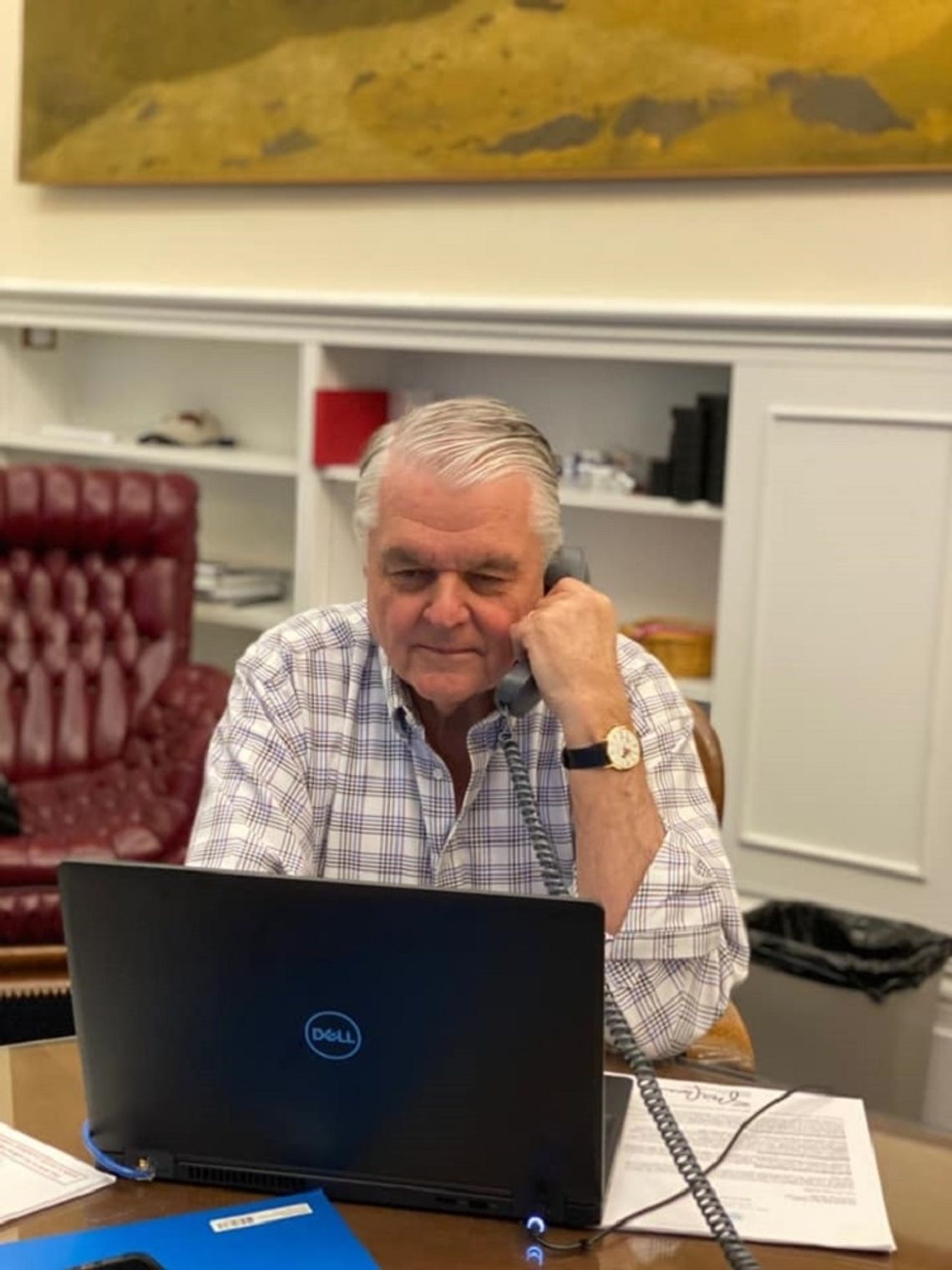
































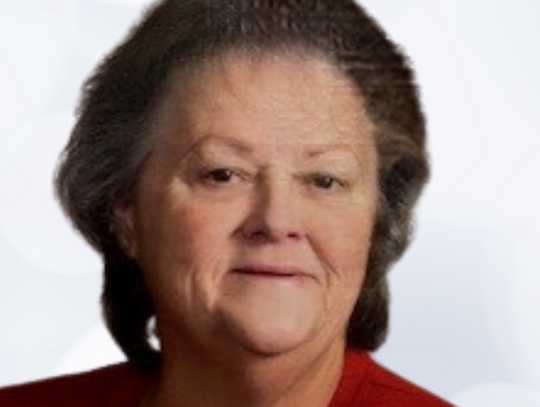
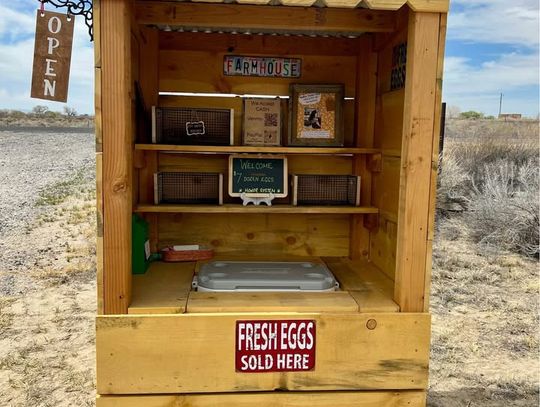
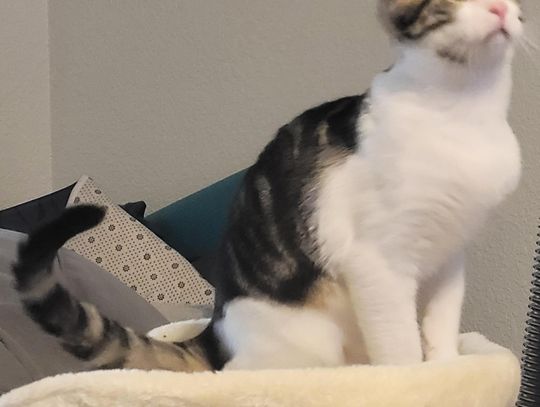
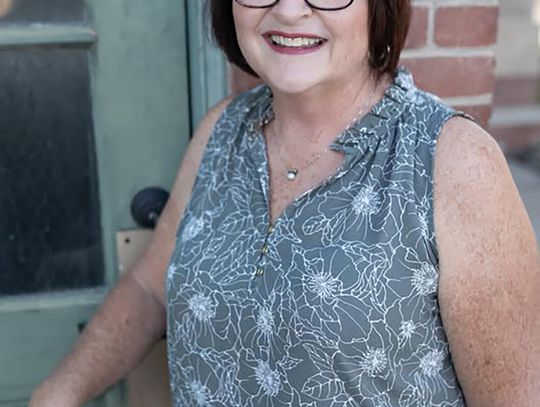
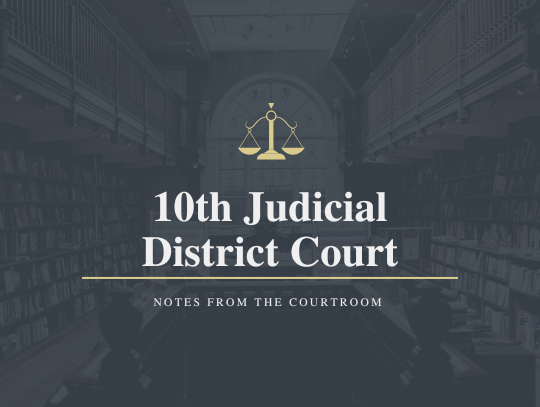


Comment
Comments